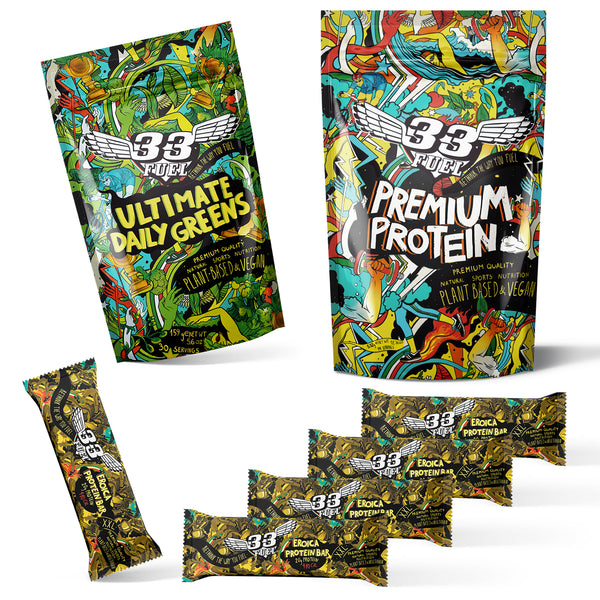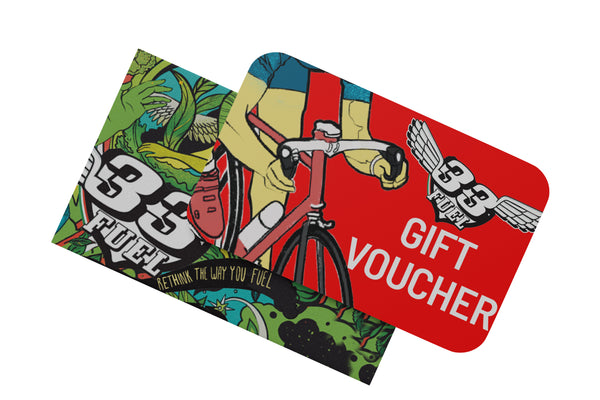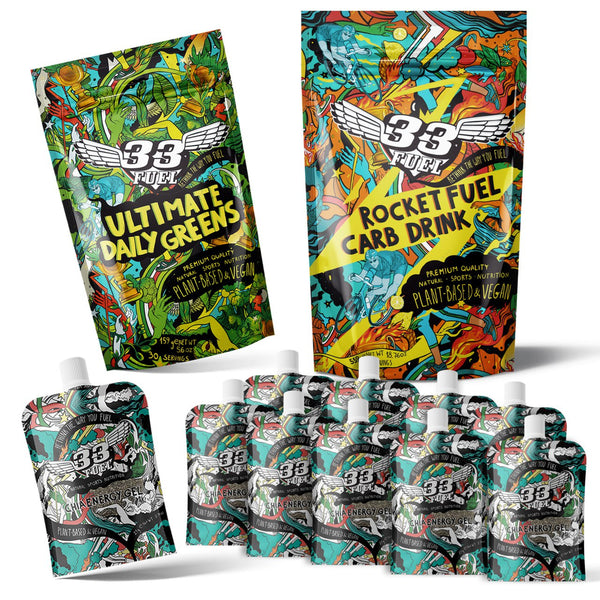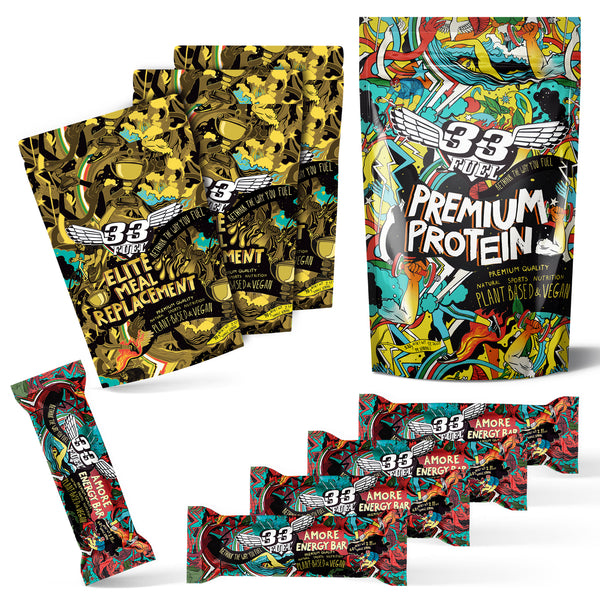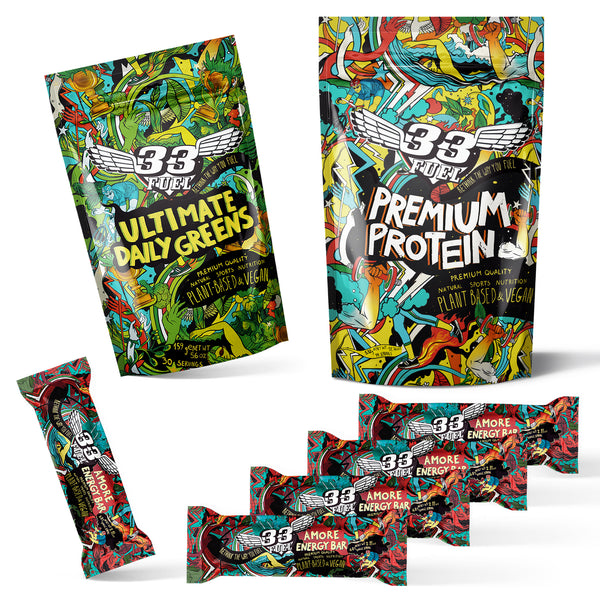Are You Confusing Hunger And Thirst?

Surely only an utter numpty would confuse hunger and thirst, right? Wrong. In a recent study subjects responded incorrectly to hunger and thirst a staggering 62% of the time. What the heck is going on?
Well, as it turns out, a lot of the symptoms are the same for both hunger and thirst. When dehydrated, tiredness, grumbling stomachs and lightheadedness can all kick in, just as they do with hunger.
Shop our award winning sports nutrition
Best Sellers
Then there's the fact that in so much of modern life a massive overabundance of food and drink at every turn means we very rarely experience true hunger or dehydration at all, so our abilities to respond to them are blunted.
So blunted that when the boffins in white coats test our responses to hunger and thirst, we get it wrong 62% of the time, eating when we're thirsty and drinking when we're actually hungry.
Hot damn.

It can be hard to tell the difference between hunger and thurst, even moreso when you're exercising regularly
Which is somewhat concerning for us athletes as we look to scale new physical heights while finely managing the delicate highwire act that is perfect nutrition, fueling and hydration.
How are we supposed to work this one out while running, biking, and/or swimming if regular folks sat on their arses in a lab can't even manage it?
Fortunately, this is where the good news comes in.
As an athlete, at any level, you're already in the top 1% of the population for awareness of your body, its needs and its performance thanks to the fact you're actually using it. Which means you're already far more likely to fall into the 38% of folks passing the hunger/thirst test.

Processed foods on the other hand not only come with any natural water decimated, or entirely removed (as with protein powders), they also often have a big kick of salt piled in to make up for the fact the processing has robbed most of the original flavour. They may work for hunger in the short term, but they'll royally mess up your hydration.
When you mess with nature, food gets ballsed up and that's why at 33Fuel, we never mess with nature. We just give it the greatest opportunity to give us all it has and then some and for fuel and hydration on the go, our Chia Energy Gels are a bloody revelation.
Based on whole chia seeds which absorb 12 times their bodyweight in water, these gels deliver the ultimate in stable release energy, with the added benefit that the water absorbed by the chia seeds is released gradually during digestion, naturally helping regulate hydration.
Give nature the space to do it's thing, and the results are incredible.
Stable energy, great taste, zero stomach trouble and natural help with hydration. We've re-written the energy gel rulebook with the 33Fuel Chia Energy Gel
Three tips to make sure you never confuse hunger and thirst
Hunger v thirst, tip 1: ditch scheduled nutrition plans
Forget scheduled nutrition and hydration plans. You know, the ones where a sports nutrition company 'advises' you to ingest a gel every 'X' minutes, take a drink every 'Y' minutes, etc. You are not a robot, and you don't need to eat/drink like one either. These plans only exist to sell you more product than you need.
Instead, during your training sessions, carry food and drink, but take yourself to the edges of hunger and thirst occasionally. The aim is to experience what your own signals are for hunger and thirst - there will be loads before you're anywhere near being in trouble, you just need to tune back into them.
Hunger v thirst, tip 2: separate the variables
Instead of trying to figure our hunger and thirst together, split the two in your tests trying no fuel on one test, no drink in another. This will show up a much clearer picture of your own separate signals.
As with #1 above, carry food and water with you - this is not about mercilessly beasting yourself for no reason, and conditions (heat, wind, temperature) will all affect how quickly you're burning the calories and sweating out the H20.
For sure the hunger test will go longer than the thirst test. While humans can readily go days and even weeks without food, more than a few days without water can be fatal.
We can go weeks without food, only a few days at best without water - camels totally kick our arses on this one, although at least we have the last laugh on dental hygene
Hunger v thirst, tip 3: beware liquid calories
The obvious culprits here are sodas which deliver a whopping hit of fructose to the body with all manner of damaging effects, while also loading fat stores yet magically failing to ever trigger any feeling of actually being full. Good for drink sales, bad for your waistline.
Sports drinks though do much the same thing. Liquid calories are liquid calories, basically, so if these are a part of your race-day nutrition plan look to swap them out for water as much as possible while adding real food options.
The very act of chewing and digestion triggers the body's natural responses to food meaning you'll be able to feel - and respond to - your hunger signals far more accurately than when fueling with liquid calories alone. And with them more clearly separated from your hydration needs, these will automatically come into sharper focus too.

The more you hone this key skill, the better you'll become at nailing perfect fueling and hydration, in every race, regardless of distance, conditions or discipline.
For more on this particular skill, this post delves deeper, while this one here looks at how to avoid tipping your fueling and hydration too far the wrong way into stomach trouble and beyond.
More performance-boosting content
From the 33Fuel Vlog: Kick your fears into touch with Kim Ingleby
From the 33Fuel Podcast - Lose weight eating your favourite foods
From the 33Fuel Blog
Sports drinks and why common sense beats science for results every time
The best sugar for athletes - eat as much of this one as you like
How to avoid stomach trouble during exercise
What's the best diet for endurance training?
How often should I take a gel - unlock the perfect fueling strategy for any race with these simple tips
How to become fat adapted - teach your body to become more efficient


